NASA has officially launched one of the largest intriguing experiments to date. During the experiment, four participants will be locked in complete isolation at a conditional NASA Martian base. This will help simulate the living conditions of astronauts in a small confined space, where they will be cut off from the usual life benefits during their stay on Mars, such as mobile phones, Internet and television.
This experiment is the first of three planned missions known as Crew Health and Performance Exploration Analog (CHAPEA). Participants, including scientist Kelly Gaston, civil engineer Ross Brockwell, emergency physician Nathan Jones and U.S. Navy microbiologist Anka Selario, will be in a 3D-overprinted environment for 378 days.

The purpose of the experiment is to test how such isolated but cramped rooms can affect the human body and mind. Maintaining good physical and mental health will be important for all four participants and will help NASA understand how a long stay on planets like Mars can affect human astronauts in the future.
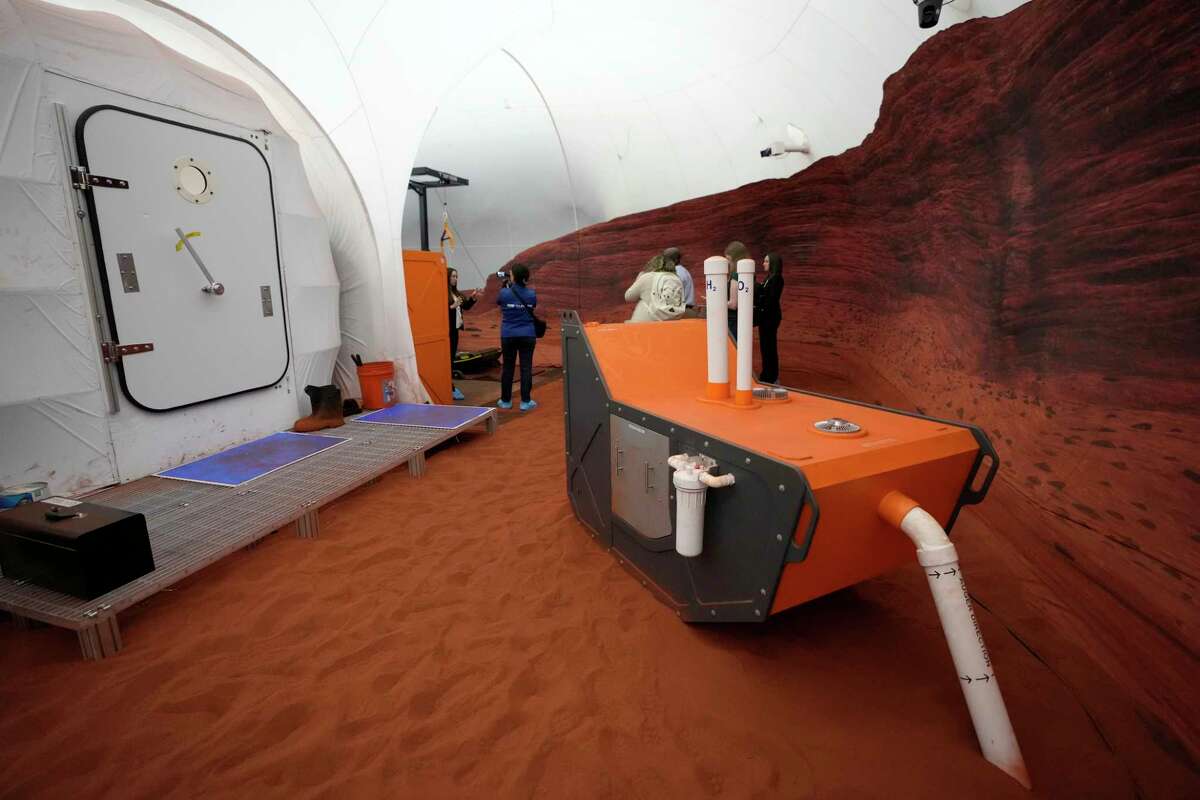
During their 378-day stay, participants will have a surprisingly busy schedule, including a strict exercise regime, as well as a long list of responsibilities, from performing a simulation of going to the surface of Mars to growing crops.
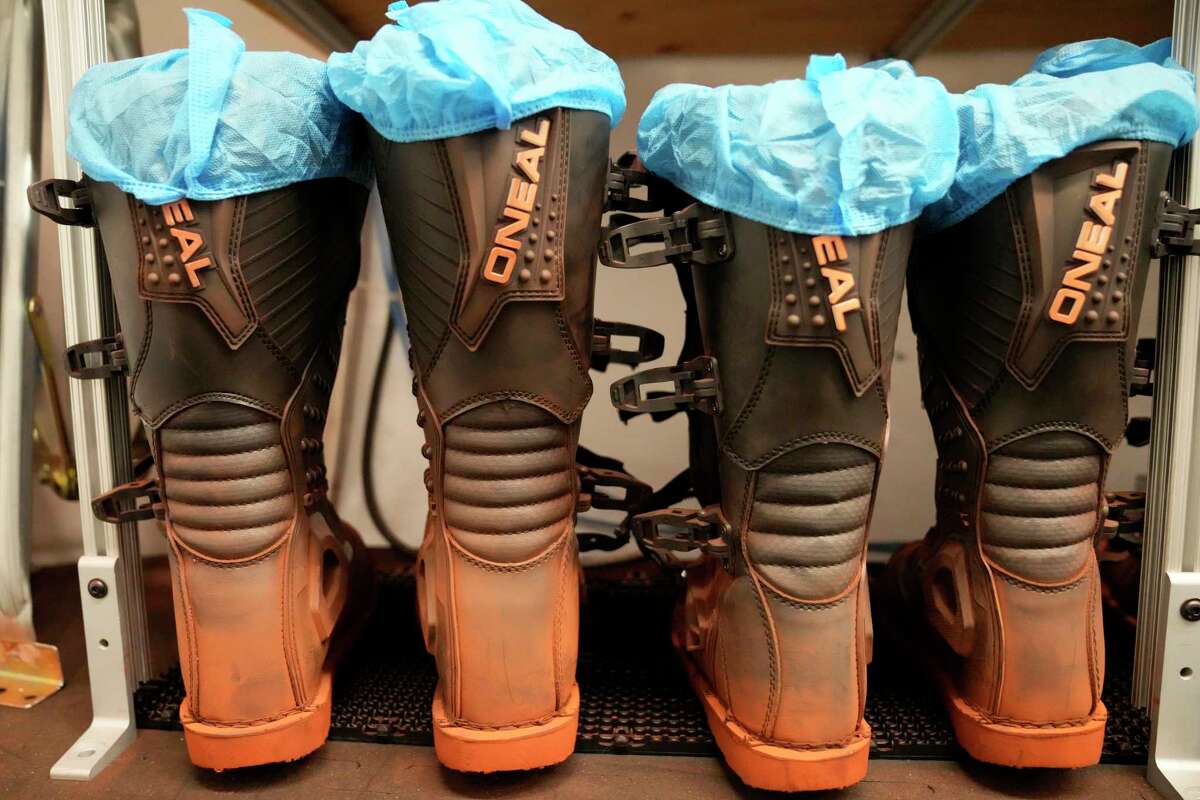
NASA says the simulation includes private cabins for each crew member, a kitchen, areas for medicine, relaxation, fitness, work and growing crops. There are also technical work areas and two bathrooms. During the simulation, participants will have to cope with equipment breakdowns and various environmental stresses and limited resources.
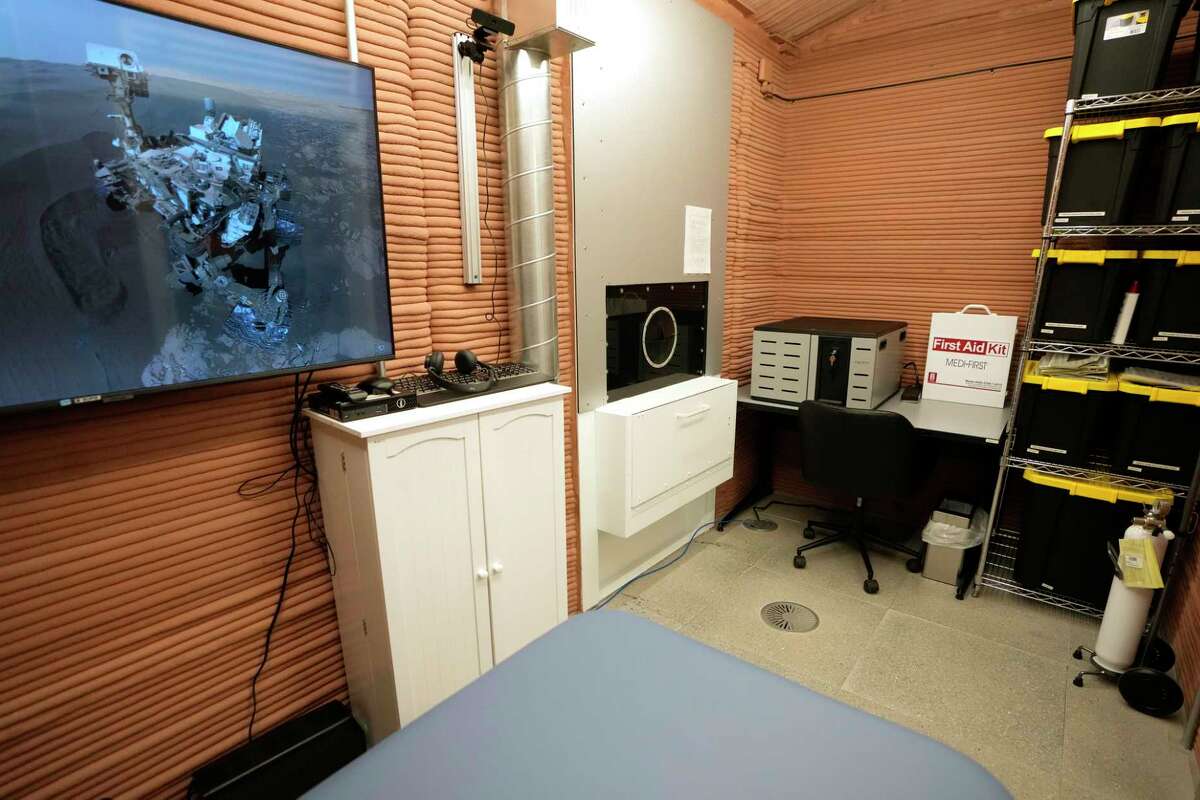
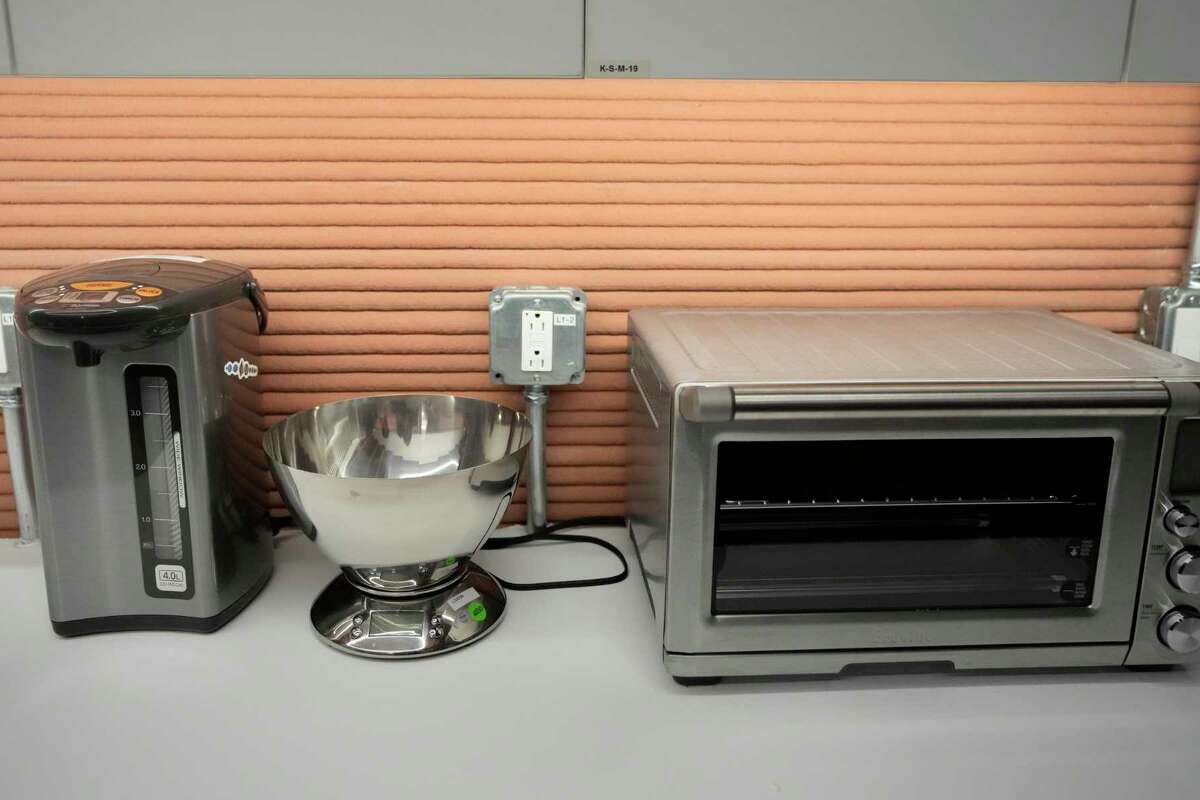
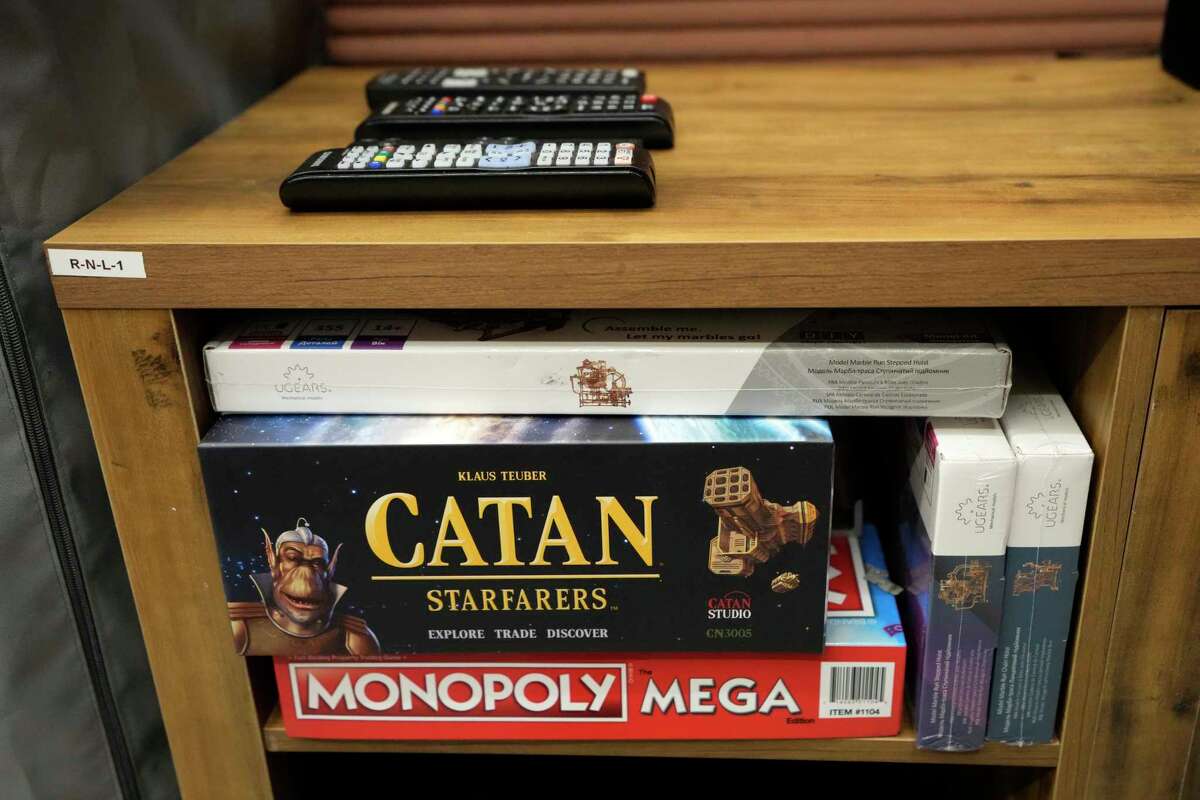
Of course, participation in the annual experiment will be rewarded with substantial compensation. NASA will pay each participant USD 10 per hour for all the time of active work, according to the Houston Chronicle. Thus, the total amount of payments to each will be slightly more than 60 thousand dollars for the entire 378-day mission.
We are still very far from colonizing another planet, as they do in science fiction films and books. But we hope this simulation and the subsequent will lay the foundation on which the space agency will be able to rely in the future.
Earlier we reported on how the mission to return the Martian soil could double in price.
Follow us on Twitter to get the most interesting space news in time
https://twitter.com/ust_magazine

